Activate Windows 10 for Free: 5 Reliable Tools
Windows 10 remains a leading operating system, celebrated for its seamless user experience, regular updates, and robust security. However, running an unactivated version can be frustrating due to limited features, persistent watermarks, and activation notifications. For those seeking to activate Windows without purchasing a retail key, several free Win10 activation tools offer a solution. These tools bypass activation restrictions, unlocking full access to Windows features.
These activators typically work through digital licenses, registry changes, or KMS-based methods. While they can be effective, it’s essential to ensure they are from trustworthy sources to avoid security risks. Downloading from unverified sites may expose your system to malware or other vulnerabilities, so caution is advised.
Top 5 Free Tools to Activate Windows 10
Below are five widely used and reliable activation tools, each offering a unique way to bypass Windows 10 activation restrictions and gain complete access to system features.
KMSPico – The Most Popular Activator
KMSPico is one of the most renowned Win10 activation tools, widely used for activating Windows and Microsoft Office products. It simulates a Key Management Server (KMS) to trick the system into thinking it is connected to an official Microsoft licensing server, allowing Windows 10 to activate without a genuine product key.

The primary advantage of KMSPico is its ability to provide permanent activation, eliminating the need for reactivation every few months. It’s user- friendly, requiring just a single click to activate your operating system. However, because it alters system files, most antivirus tools may flag it as a potential risk. If you use KMSPico, you might need to temporarily disable your antivirus software for installation and operation.
Despite its popularity, always ensure that you download KMSPico from a trusted source to avoid malware-infected versions. Many fake versions exist, which can compromise your system.
Microsoft Toolkit – The Trusted Alternative
Microsoft Toolkit is another reliable Windows 10 activator that works similarly to KMSPico. It utilizes KMS-based activation to provide a legitimate digital license for Windows. This tool also supports offline activation, making it a suitable option for users without continuous internet access.
One of its unique features is the ability to activate both Windows and Microsoft Office products. Compared to other activators, Microsoft Toolkit offers a cleaner interface, allowing users to choose between different activation modes. The auto-activation feature ensures that even after system updates, Windows remains activated without needing manual intervention.
Security-wise, Microsoft Toolkit has a good reputation and does not contain unnecessary bloatware or modifications to system files. However, it requires administrative privileges to function properly, so be prepared to run it as an administrator.
HWIDGen – A Digital License Activation Solution
If you’re looking for a permanent activation method without relying on KMS emulation, HWIDGen is an excellent choice. It uses Microsoft’s own Digital License method to activate Windows 10, ensuring a safer activation process compared to traditional activators. Once activated with HWIDGen, Windows 10 remains permanently activated even after major updates.
Using HWIDGen is straightforward. The tool automatically detects your Windows edition and applies the necessary activation method. Since it doesn’t require KMS-based activation, it reduces the risk of being detected by Microsoft’s security updates.
A major benefit of HWIDGen is that it doesn’t require constant internet access. Once the activation is done, you don’t have to worry about reactivating Windows unless you make major hardware changes. This makes HWIDGen a more stable and long-term solution compared to some other Windows 10 activators.
MAS (Microsoft Activation Scripts) – The Open-Source Option
MAS, or Microsoft Activation Scripts, is a relatively new activation tool but has gained a strong reputation among Windows 10 users. It provides different activation methods, including HWID (digital license), KMS38 (activation until 2038), and an online KMS activation option.
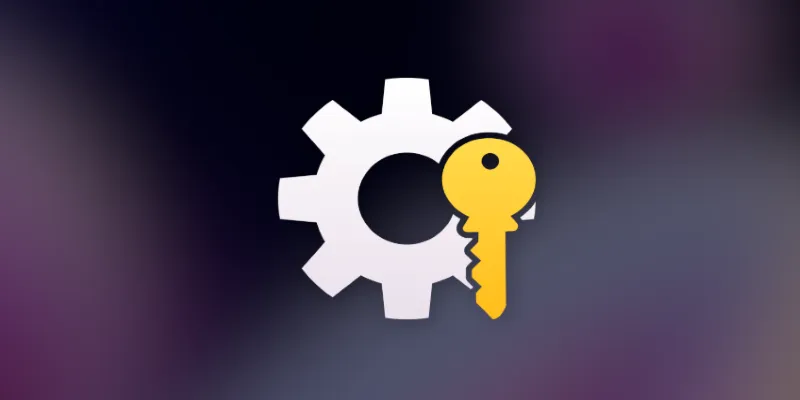
What sets MAS apart from other Win10 activation tools is that it is completely open-source. This means users can verify its code and ensure there are no malicious elements hidden in the script. Being open-source also means that the tool is frequently updated by the community, ensuring it stays compatible with the latest Windows updates.
MAS is lightweight, easy to use, and does not require installation. You simply run the script, choose your activation method, and let the tool handle the rest. If you prefer transparency and a safer activation method than traditional activators, MAS is a solid choice.
Windows Loader – Best for Older Windows Versions
Windows Loader is an activation tool primarily designed for older Windows versions like Windows 7 and 8, but it can also work on some editions of Windows 10. Unlike KMS-based activators, Windows Loader works by modifying the BIOS or bootloader to trick the system into thinking it is pre-activated by the manufacturer.
While this method was highly effective for older versions of Windows, its use has declined with Windows 10. However, some users still find it useful for specific system configurations where other activators may not work.
One major downside of Windows Loader is that it requires a restart after activation, and in some cases, system updates may interfere with the activation process. If you’re using an older system and need an alternative to KMS-based activation, Windows Loader might be worth considering.
Conclusion
Activating Windows 10 for free is possible using various tools, each with its advantages. KMSPico and Microsoft Toolkit are popular choices for simple and effective activation, while HWIDGen offers a more secure, long-term solution. MAS stands out as an open-source option with regular updates, and Windows Loader remains useful for older systems. While these free tools work well, it’s essential to download them from trusted sources to avoid malware. For the most secure and reliable experience, purchasing an official license is always recommended, but these tools offer practical alternatives for users seeking free activation.
Related Articles

The 13 Best Campaign Management Software Tools to Streamline Your Marketing

How to Repair DLL Errors on Windows 10 for Free: 5 Tools

The Best Flowchart Software and Diagram Tools in 2025: A Comprehensive Guide
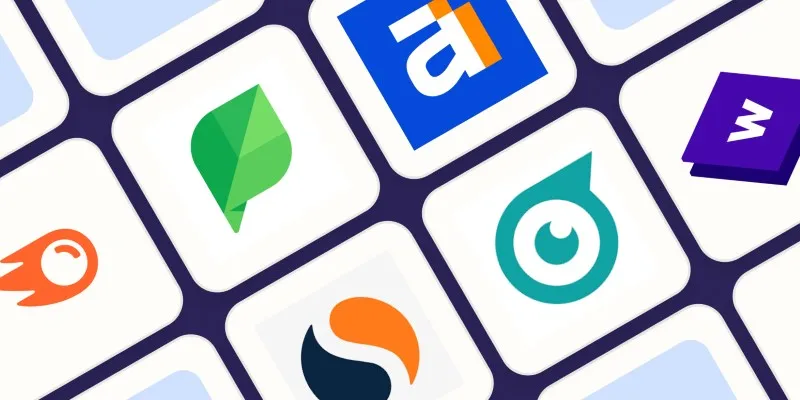
The 10 Best Competitor Analysis Tools in 2025 to Level Up Your Strategy
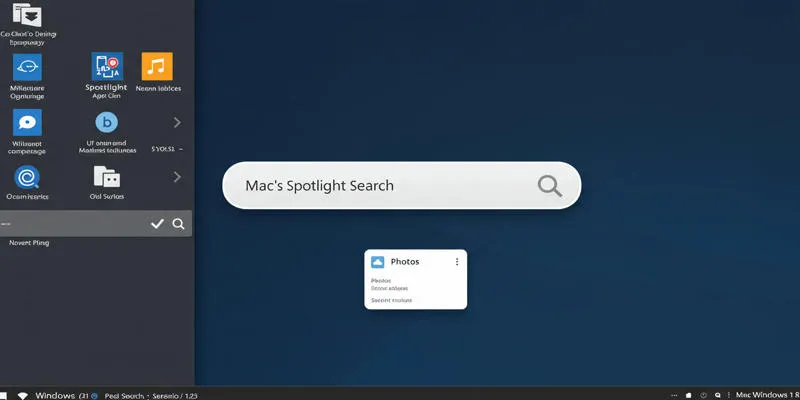
Use PowerToys Run to Mimic Mac's Spotlight in Windows

Free and Powerful: 8 AI Image Enhancers to Boost Photo Quality
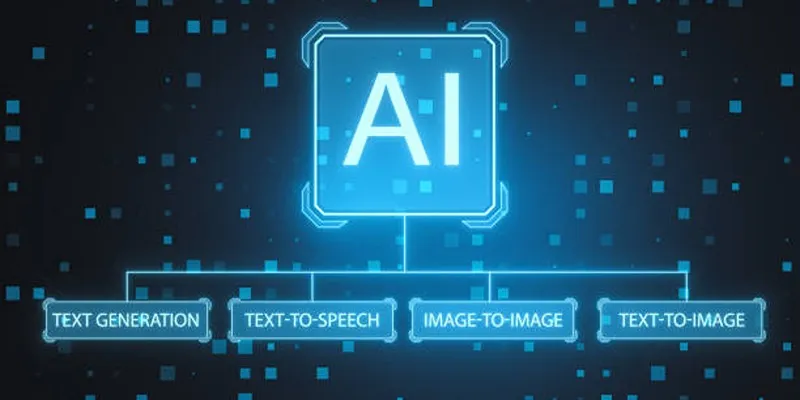
Top 7 Best AI Image Pixel Resizers for Perfect Image Quality

Best Tools for 1920x1080 Image Conversion: Comprehensive Analysis

Top Tools for Effortless Batch Image Resizing in 2025

Top 7 Background Removal Tools for Clean E-Signatures

Top 7 UI/UX Design Tools Every Designer Should Know
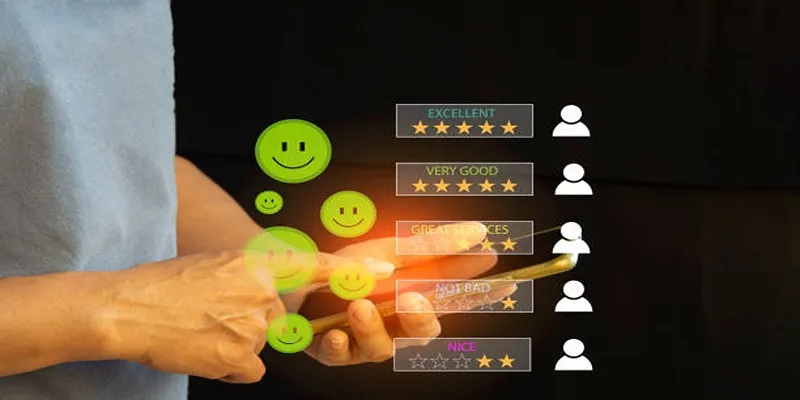
10 Leading Usersnap Substitutes for Enhanced Collaboration
Popular Articles

3 Easy Ways to Create a Stunning Memory Video on Your iPhone
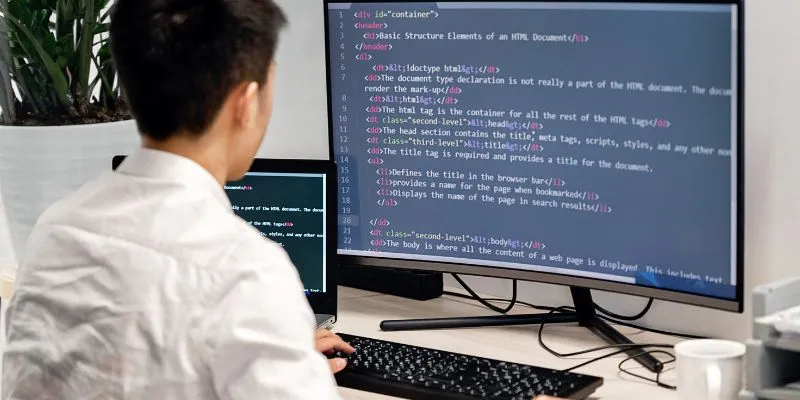
How to Create Web Apps Using Claude Artifacts: A Full Beginner-Friendly Guide
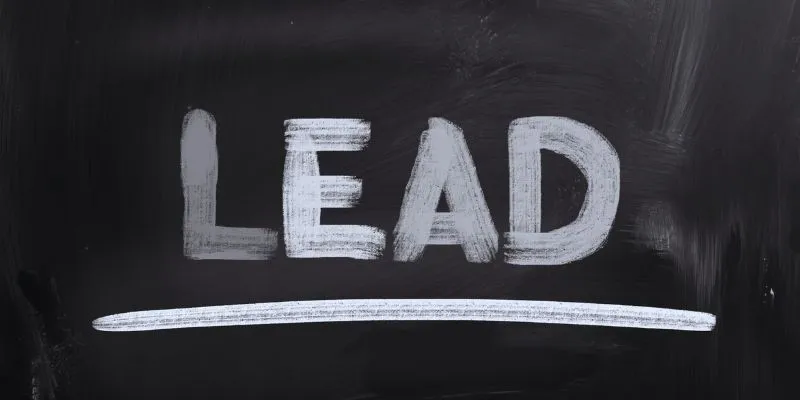
The 18+ Best Lead Generation Software and Tools for Maximum Growth
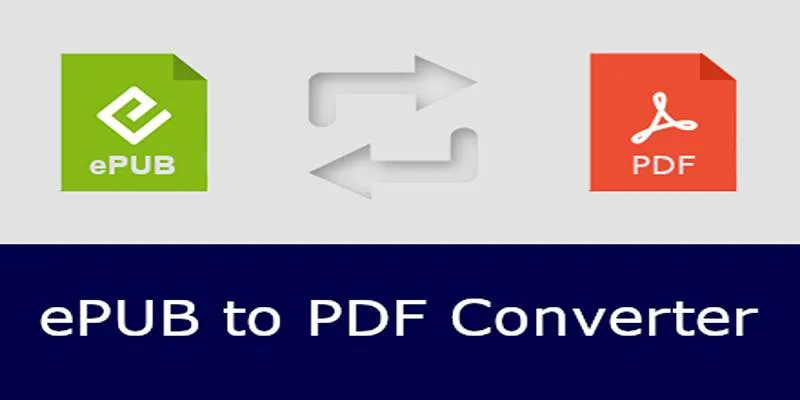
How to Use Free Tools Online to Convert EPUB Files to PDF Format

Obsidian 1.8.9 Desktop Update Brings Performance and UI Fixes
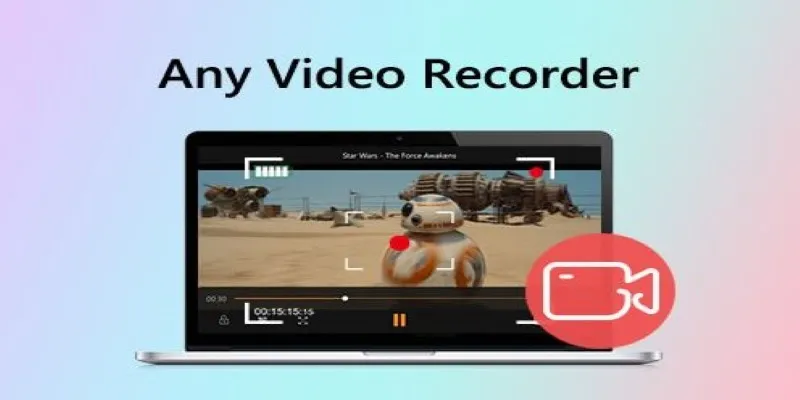
Top Screen Recording Tools You Should Try Instead of Any Video Recorder

Displaying Time in the Admin Bar for WordPress Blogs
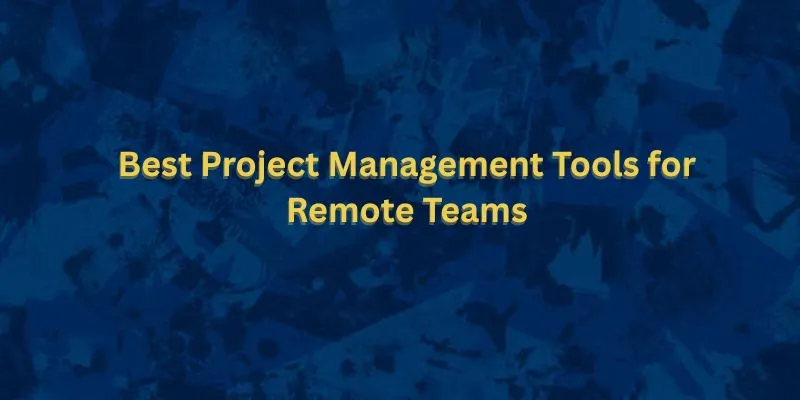
The Best Free or Open Source Project Management Tools for Remote Teams in 2025

The Best Slack Apps for Your Workspace in 2025: An Ultimate Guide

6 Top Airtable Alternatives You Should Try Right Now
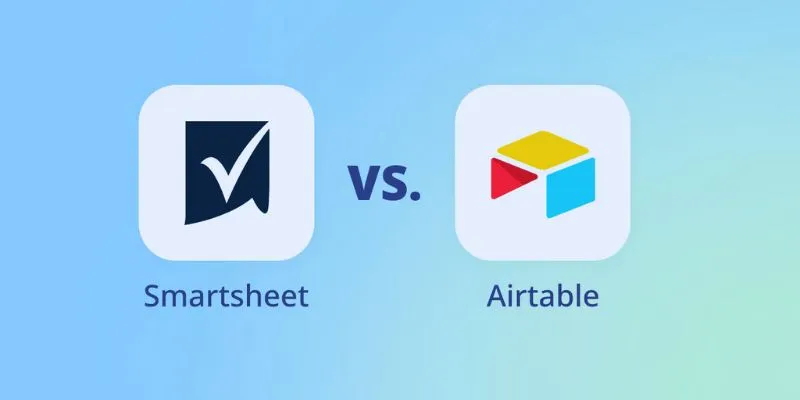
Smartsheet vs. Airtable: Which Should You Use for Project Management

 mww2
mww2